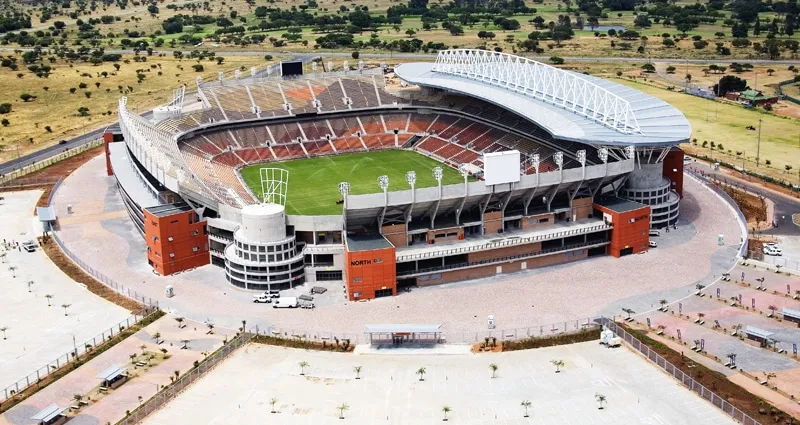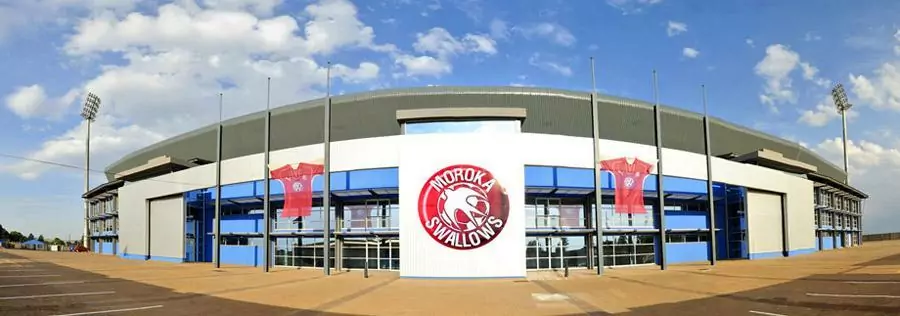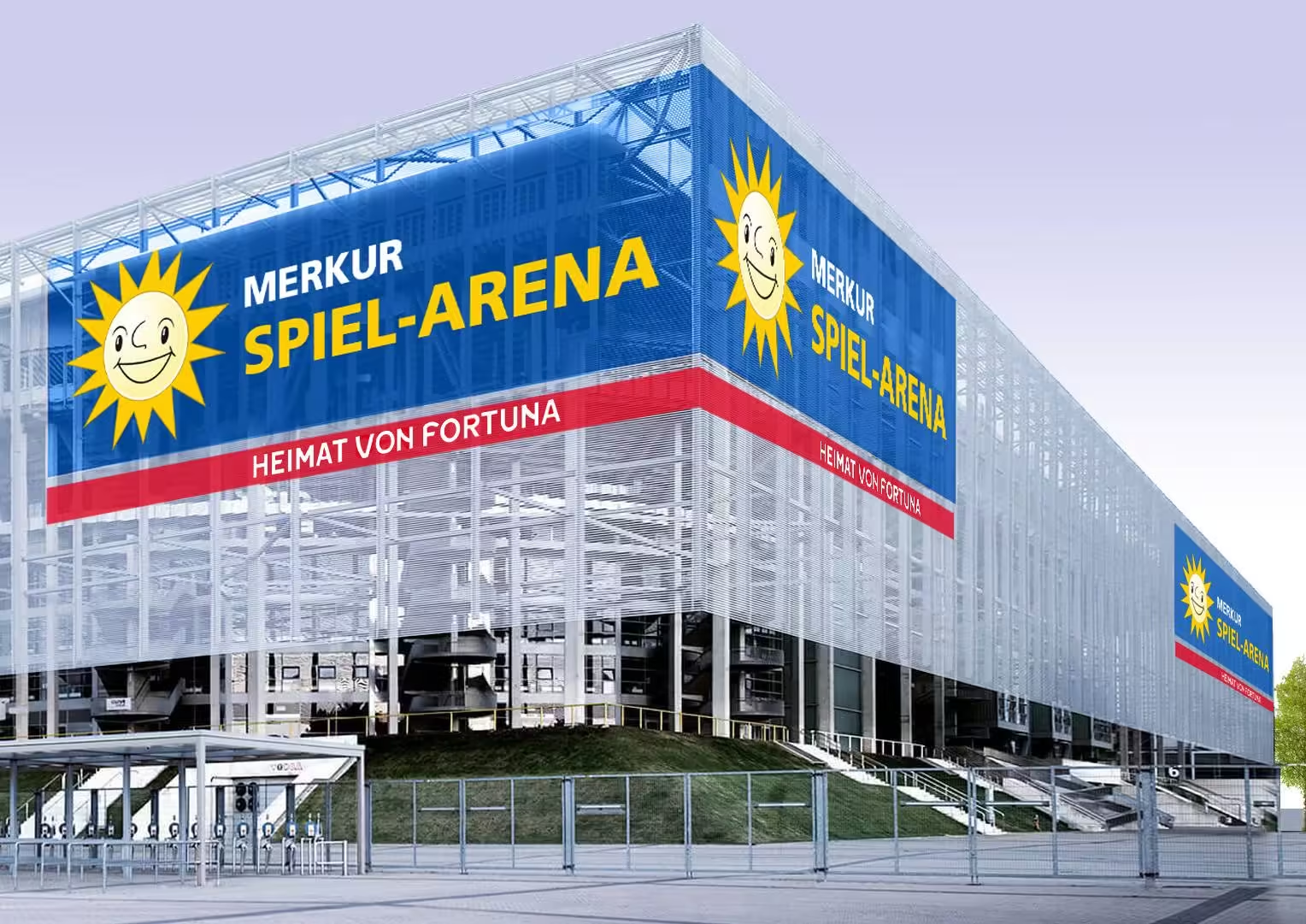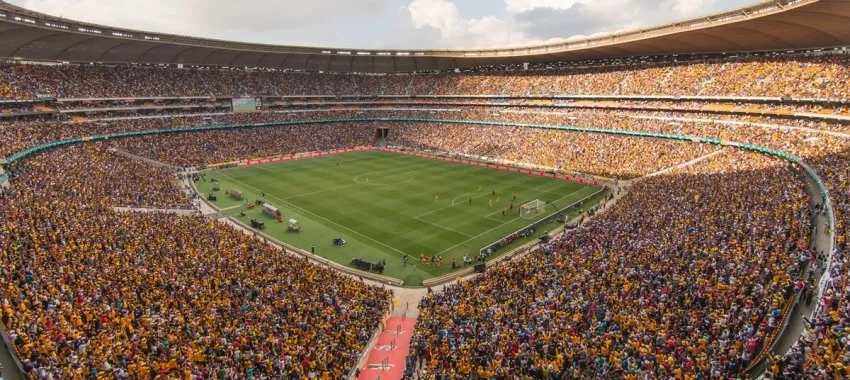Pietersburg Stadium, also known as Old Peter Mokaba Stadium, is a multi-purpose stadium located in Polokwane, South Africa. The stadium has a rich history and has undergone several renovations to become what it is today. It has hosted several international events, including the 2010 FIFA World Cup, which put it on the global map.
The stadium’s design and architecture are impressive, with a seating capacity of 45,500 spectators. It is named after Peter Mokaba, a former leader of the ANC Youth League. The stadium’s facilities include a VIP lounge, media center, changing rooms, and a medical center. The stadium is also equipped with a state-of-the-art sound system and floodlights to enable night events.
Key Takeaways
- Pietersburg Stadium is a multi-purpose stadium located in Polokwane, South Africa, with a seating capacity of 45,500 spectators.
- The stadium has hosted several international events, including the 2010 FIFA World Cup.
- The stadium is named after Peter Mokaba, a former leader of the ANC Youth League, and has impressive facilities, including a VIP lounge, media center, and medical center.
History of Pietersburg Stadium
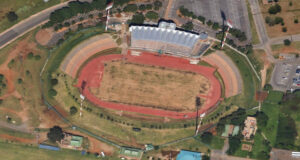
Construction and Opening
Pietersburg Stadium, now known as Old Peter Mokaba Stadium, is a multi-purpose stadium located in Polokwane, South Africa. The stadium was constructed in 1976, and it was built to replace the old rugby ground that was located in the same area. The construction of the stadium was completed in a record time of only 18 months, and the stadium was officially opened in 1979. The stadium was named after Pietersburg, the town where it is located.
The stadium has a seating capacity of 15,000 spectators, and it was designed to host rugby, football, and other sporting events. The stadium has undergone several renovations over the years, including a major renovation in 2009, in preparation for the 2010 FIFA World Cup.
Key Events and Milestones
Over the years, Pietersburg Stadium has hosted several key events and milestones. In 1996, the stadium hosted the final of the African Cup of Nations, which was won by South Africa. The stadium has also been the home ground of several football clubs, including Ria Stars and Polokwane City.
Pietersburg Stadium played a significant role in the 2010 FIFA World Cup, which was hosted by South Africa. The stadium was one of the ten venues that were used for the tournament, and it hosted four matches during the event. The stadium underwent a major renovation in 2009, which included the installation of a new roof, the expansion of the seating capacity, and the installation of new floodlights.
Today, Pietersburg Stadium, now known as Old Peter Mokaba Stadium, remains an important landmark in Polokwane and a popular venue for sporting events. The stadium is a testament to the rich sporting history of South Africa and a symbol of the country’s commitment to hosting world-class sporting events.
Design and Architecture
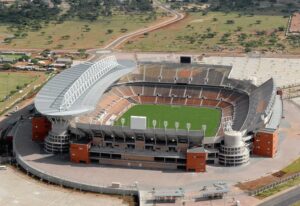
Stadium Layout
Pietersburg Stadium, also known as Peter Mokaba Stadium, is a multi-purpose stadium located in Polokwane, South Africa. The stadium has a seating capacity of 46,000 and was designed to host games during the 2010 FIFA World Cup. The stadium has a unique design that is inspired by the baobab tree, which is native to the Limpopo region of South Africa. The stadium’s roof is supported by a series of tree-like columns that resemble the branches of the baobab tree.
The stadium is divided into two main tiers, with the lower tier being closer to the pitch and the upper tier being higher up and further from the pitch. The stadium also has a VIP section, which is located on the western side of the stadium. The VIP section has its own entrance, lounge, and seating area.
Innovative Features
The Pietersburg Stadium has several innovative features that make it stand out from other stadiums. One of the most notable features of the stadium is its retractable roof, which can be opened or closed depending on the weather conditions. The roof is made of a translucent material that allows natural light to enter the stadium, creating a bright and welcoming atmosphere.
Another innovative feature of the stadium is its state-of-the-art sound system, which is designed to provide crystal-clear audio to all parts of the stadium. The sound system is also equipped with a public address system, which is used to make announcements and provide information to fans during games.
The stadium also has several eco-friendly features, including a rainwater harvesting system that collects rainwater from the roof and stores it in tanks for later use. The stadium also has a solar power system that generates electricity from the sun, reducing the stadium’s reliance on traditional energy sources.
Overall, the Pietersburg Stadium is a modern and innovative stadium that was designed to provide an exceptional experience for fans and athletes alike. Its unique design, retractable roof, and eco-friendly features make it one of the most impressive stadiums in South Africa.
Facilities at Pietersburg Stadium
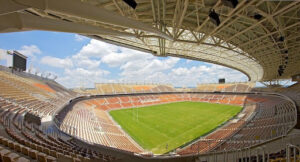
Seating Capacity
Pietersburg Stadium, also known as Old Peter Mokaba Stadium, is a multi-purpose stadium located in Polokwane, South Africa. According to Wikipedia, the stadium has a seating capacity of 15,000 spectators. However, during the 2010 FIFA World Cup, the seating capacity was reduced to 41,733. The stadium is primarily used for football and rugby union matches.
VIP Areas and Suites
Pietersburg Stadium has VIP areas and suites that offer an exclusive experience for guests. These areas provide a prime view of the field and comfortable seating. The VIP areas and suites are equipped with modern amenities such as air conditioning and private restrooms. Guests can enjoy food and drinks from the stadium’s concession stands or order from a catering service.
Concession Stands
Pietersburg Stadium has several concession stands that offer a variety of food and beverage options. These stands are strategically located throughout the stadium, making it easy for spectators to grab a quick bite or drink during the game. The concession stands offer a range of options from traditional stadium fare such as hot dogs and popcorn to more exotic options such as sushi and gourmet burgers.
In conclusion, Pietersburg Stadium is a well-equipped stadium that provides a comfortable and enjoyable experience for spectators. With its seating capacity, VIP areas and suites, and concession stands, the stadium is a popular destination for sports fans in Polokwane and the surrounding areas.
Location and Accessibility
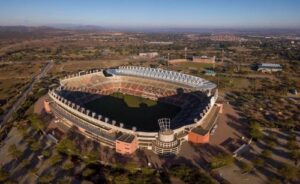
Pietersburg Stadium, now known as the Old Peter Mokaba Stadium, is located in Polokwane, South Africa. It is situated in the heart of the city and is easily accessible by various modes of transportation.
Transport Links
The stadium is well-connected to the city’s public transportation system. Visitors can take a bus or a taxi to reach the stadium. The Polokwane Bus Station is located just a few kilometers away from the stadium, making it a convenient option for those who prefer to use public transportation.
For those traveling by car, the stadium is located close to the N1 highway, making it easy to access from other parts of the city or from outside the city.
Parking and Infrastructure
The stadium has ample parking space available for visitors. There are several parking lots located around the stadium, which can accommodate a large number of vehicles. The parking lots are well-maintained and are equipped with proper lighting and security measures to ensure the safety of the visitors’ vehicles.
In terms of infrastructure, the stadium is well-equipped with modern facilities. It has a seating capacity of 15,000 spectators and is equipped with modern amenities such as restrooms, food stalls, and souvenir shops. The stadium also has a well-maintained pitch, which is suitable for hosting football matches and other sporting events.
Overall, Pietersburg Stadium is a well-located and easily accessible stadium, making it a popular destination for sports fans and visitors to the city.
Events and Usage
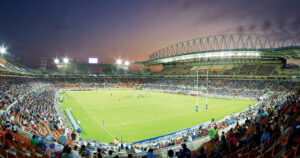
Sports Events
Pietersburg Stadium has been the home of several sports events since its construction in 1976. The stadium has hosted numerous soccer and rugby matches, including the 2010 FIFA World Cup. During the World Cup, the stadium was used for four group stage matches and a Round of 16 match. The stadium has also hosted several other international soccer matches, including the 2014 African Nations Championship.
Concerts and Shows
Apart from sports events, Pietersburg Stadium has hosted several concerts and shows. Some of the most notable concerts held at the stadium include a performance by the South African band, Freshlyground, in 2010. The stadium has also hosted shows by local and international artists, including the popular South African band, Mango Groove.
Community Engagement
Pietersburg Stadium has been used for community engagement events, including charity events and fundraising campaigns. In 2013, the stadium hosted the annual “Cansa Relay for Life” event, which raised funds for cancer research. The stadium has also hosted several other community events, including the “Polokwane Show,” an annual agricultural show that attracts visitors from all over the country.
Overall, Pietersburg Stadium has been an important venue for sports, entertainment, and community events in the Limpopo province. Its central location and large seating capacity make it an ideal venue for hosting events of all kinds.
Management and Ownership
Pietersburg Stadium, now known as Old Peter Mokaba Stadium, was built in 1976 and is owned by the Polokwane Municipality. The stadium was renovated for the 2010 FIFA World Cup and was expanded to have a seating capacity of 15,000 spectators. It was also equipped with modern facilities such as media and broadcasting rooms, VIP lounges, and conference rooms.
The stadium has been home to several football clubs, including Ria Stars, who played their home matches at the stadium before they were disbanded. Currently, Baroka FC uses the stadium as their home ground for their Premier Soccer League matches.
The stadium is managed by the Polokwane Local Municipality, which oversees its day-to-day operations, maintenance, and security. The municipality has a team of experienced staff who ensure that the stadium is always in good condition and ready to host events.
The management of the stadium ensures that all events held at the stadium, including football matches, concerts, and other events, are well-organized and safe for all attendees. The stadium has strict security measures in place to ensure the safety of all visitors, and the management works closely with the police and other law enforcement agencies to maintain order during events.
Overall, the management and ownership of Pietersburg Stadium have done an excellent job of maintaining the stadium and ensuring that it remains a vital part of the Polokwane community.
Economic Impact
Local Economy Boost
Pietersburg Stadium has been a significant contributor to the local economy since its establishment. According to a recent economic impact study, the stadium and its development have boosted the county’s economy by creating more than 17,000 sustainable jobs in industries including sports, entertainment, and hospitality. Additionally, the study estimated that the stadium and its development would generate more than $443 million in total economic output, including direct and indirect spending. The study also found that the stadium’s development would increase property values and attract new businesses to the area.
Employment Opportunities
The construction of Pietersburg Stadium has also provided a significant number of employment opportunities. The same economic impact study estimated that the stadium’s construction would create over 4,500 construction-related jobs. This not only provided employment opportunities but also injected money into the local economy through increased spending on goods and services.
In conclusion, Pietersburg Stadium has had a positive economic impact on the local community. Its creation has led to the creation of thousands of sustainable jobs and has generated millions of dollars in economic output. The stadium’s construction has also provided employment opportunities and increased spending in the local economy.
Future Developments
Renovation Plans
Pietersburg Stadium has been a significant landmark in the city for many years. In recent times, the management has been looking to renovate the stadium to meet the current standards of modern sports facilities. The renovation plans include upgrading the seating arrangement, improving the field, and adding new amenities.
The seating capacity of the stadium will be increased to accommodate more spectators. The new seating arrangement will be designed to provide a more comfortable experience for the audience. The stadium will also have better facilities for the players, including new locker rooms and medical facilities.
The renovation plans also include upgrading the field to meet international standards. The new field will have a state-of-the-art drainage system, which will ensure that the field remains playable even during heavy rain. The management is also looking to install a new irrigation system to maintain the quality of the field.
Technology Upgrades
In addition to the renovation plans, Pietersburg Stadium is also looking to upgrade its technology. The management is planning to install a new sound system, which will provide better quality sound to the audience. The new sound system will also have better acoustics, which will ensure that the sound is distributed evenly throughout the stadium.
The stadium is also looking to install new scoreboards, which will provide better visibility to the audience. The new scoreboards will have high-resolution displays, which will make it easier for the audience to read the scores and other information.
Overall, the renovation plans and technology upgrades will help Pietersburg Stadium to provide a better experience to the audience. The management is confident that these changes will help the stadium to remain a significant landmark in the city for many years to come.
Frequently Asked Questions
What is the seating capacity of Peter Mokaba Stadium?
As of 2024, the official seating capacity of Peter Mokaba Stadium is 15,000 for football matches. The stadium is a multi-purpose facility that can host various events.
Have there been any recent renovations to Peter Mokaba Stadium?
There have been no recent renovations to Peter Mokaba Stadium, as of 2024. However, the stadium underwent a major renovation in 2009 in preparation for the 2010 FIFA World Cup. The renovation included the installation of new seats, a new scoreboard, and improved facilities for players and spectators.
What types of events are hosted at Peter Mokaba Stadium?
Peter Mokaba Stadium is primarily used for football matches, but it has also hosted other events such as music concerts and political rallies. The stadium has been a popular venue for various events in the Limpopo province.
How much did the construction of Peter Mokaba Stadium cost?
The construction of Peter Mokaba Stadium cost approximately R1.3 billion, which is equivalent to about $90 million USD, as of 2024. The stadium was built in preparation for the 2010 FIFA World Cup and is one of the most modern and well-equipped stadiums in South Africa.
Can you find historical photos of Peter Mokaba Stadium?
Yes, historical photos of Peter Mokaba Stadium can be found online through various sources. One such source is the official website of the stadium, which has a gallery of photos showcasing the history of the stadium.
What is the location of the old Peter Mokaba Stadium?
The old Peter Mokaba Stadium is located in Polokwane, South Africa. It was built in 1976 and served as the home stadium of Ria Stars football club before they were disbanded. The old stadium was replaced by the new Peter Mokaba Stadium in 2010, which is located adjacent to the old stadium.
Other Stadiums Articles:
Check Out: Bidvest Stadium: Home of the Bidvest Wits Football Club
Check Out: Molineux Stadium: History, Capacity, and Location
Check Out: Selhurst Park Stadium: Home of Crystal Palace FC
Check Out: King Abdullah Sports City Jeddah: A World-Class Sporting Destination
Check Out: Al-Awwal Park Stadium in Riyadh: A Comprehensive Guide
